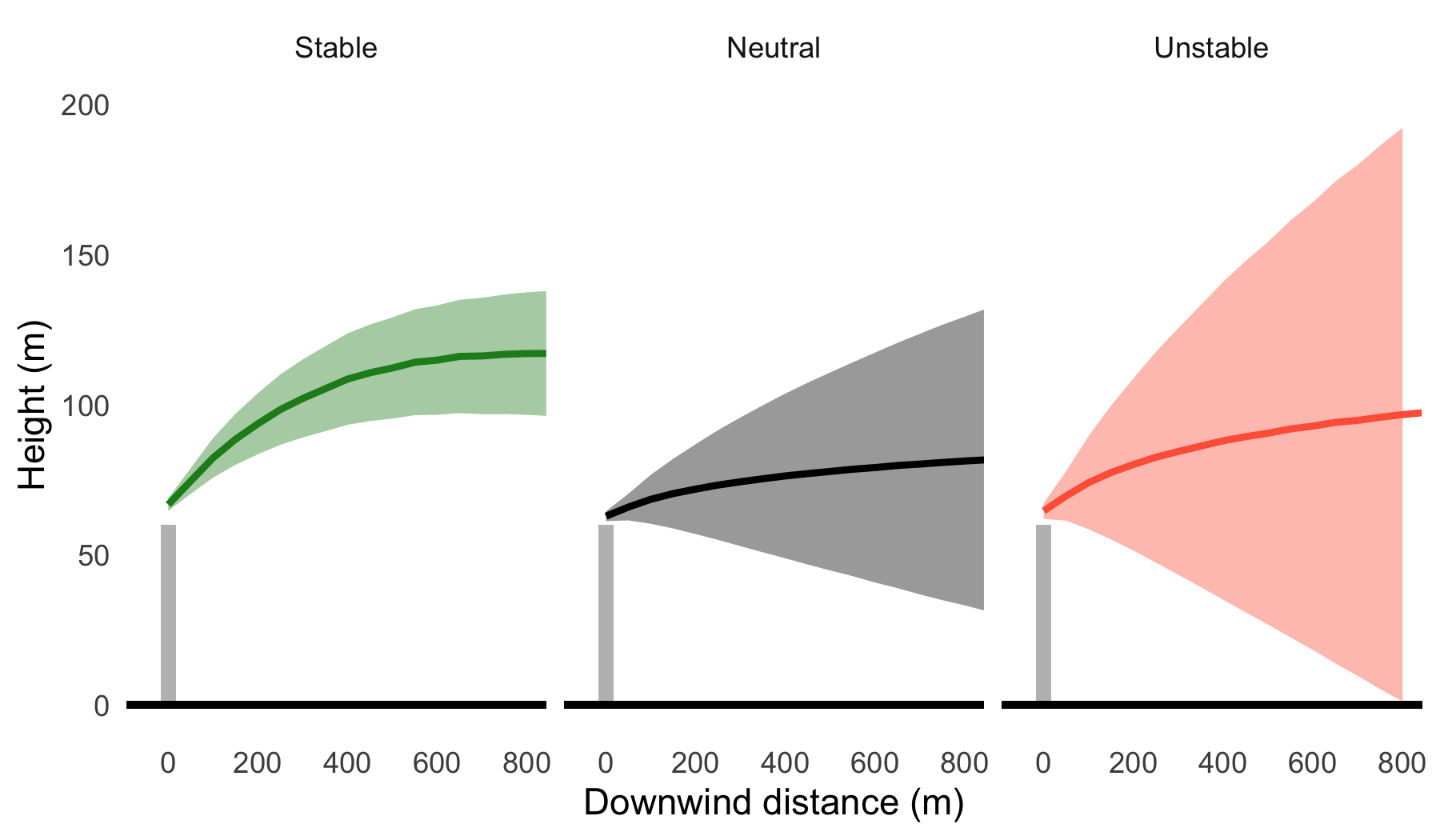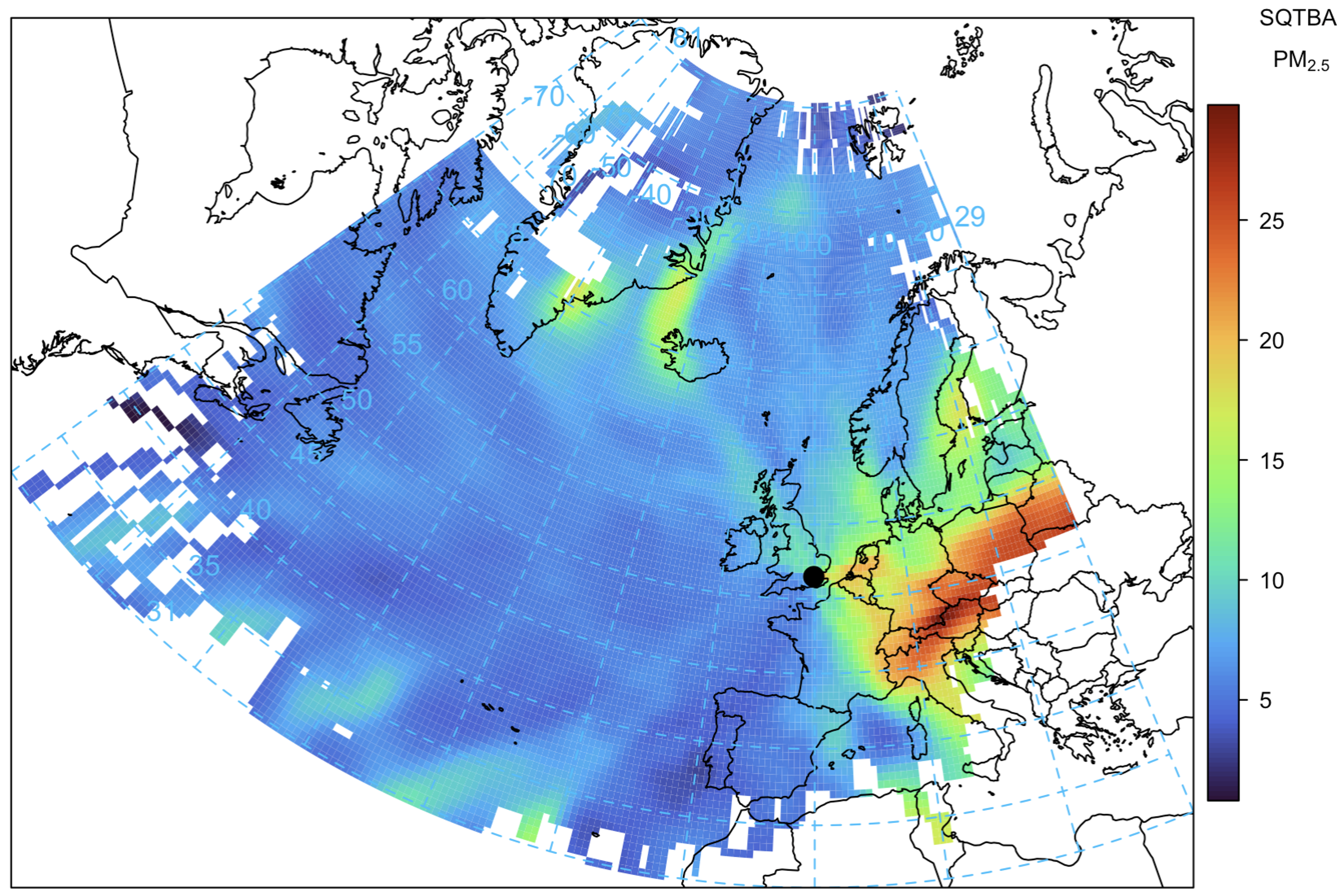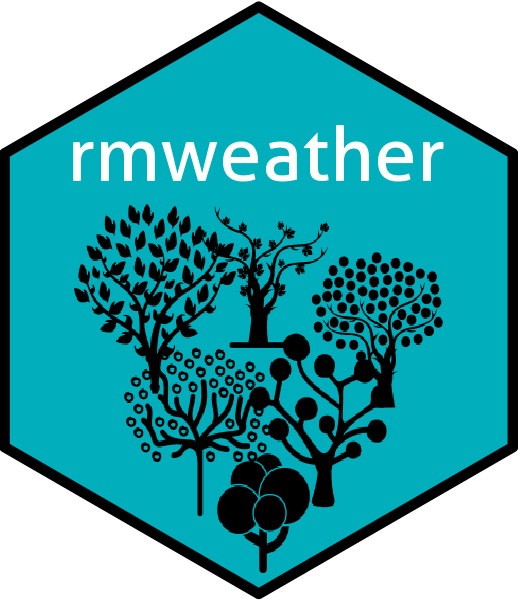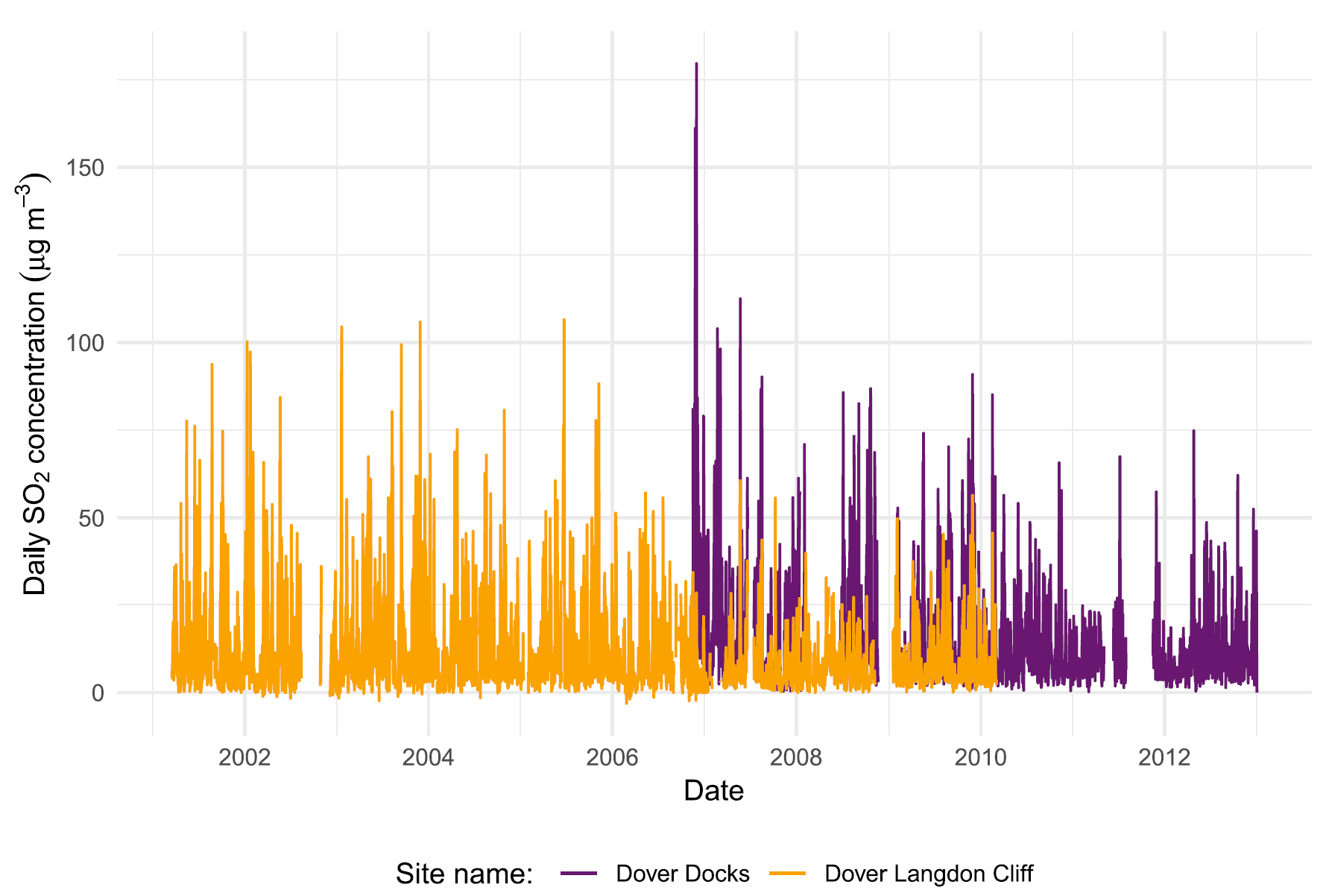Rows: 170
Columns: 30
$ uka_code <fct> UKA00513, UKA00615, UKA00933, UKA00451, UKA00137, U…
$ code <chr> "ABD7", "ABD8", "ABD9", "ACTH", "AH", "ARM6", "BAAR…
$ site <chr> "Aberdeen Union Street Roadside", "Aberdeen Welling…
$ date <dttm> 2022-01-01, 2022-01-01, 2022-01-01, 2022-01-01, 20…
$ o3 <dbl> NA, NA, 53.98682, 61.57285, 65.75499, NA, NA, NA, 5…
$ o3_capture <dbl> NA, NA, 0.952511, 0.939155, 0.990753, NA, NA, NA, 0…
$ o3.summer_capture <dbl> NA, NA, 0.9975, 0.9419, 0.9898, NA, NA, NA, 0.9957,…
$ o3.daily.max.8hour <dbl> NA, NA, 67.24956, 71.01198, 74.95352, NA, NA, NA, 6…
$ o3.aot40v <int> NA, NA, 924, NA, 3839, NA, NA, NA, 3459, NA, NA, NA…
$ o3.aot40f <int> NA, NA, 2529, 4369, 10067, NA, NA, NA, 7543, NA, NA…
$ somo35 <dbl> NA, NA, 1487.9531, 2248.1085, 3226.5075, NA, NA, NA…
$ somo35_capture <dbl> NA, NA, 0.9507, 0.9260, 0.9863, NA, NA, NA, 0.9918,…
$ no <dbl> 19.504377, 19.595931, 6.346165, NA, 0.285401, 20.66…
$ no_capture <dbl> 0.993721, 0.997489, 0.995548, NA, 0.970662, 0.98710…
$ no2 <dbl> 27.019278, 24.222175, 16.259698, NA, 3.197492, 22.1…
$ no2_capture <dbl> 0.993721, 0.997489, 0.995548, NA, 0.970662, 0.98710…
$ nox <dbl> 56.925572, 54.268851, 25.990348, NA, 3.635102, 53.8…
$ nox_capture <dbl> 0.993721, 0.997489, 0.995548, NA, 0.970662, 0.98710…
$ so2 <dbl> NA, NA, NA, NA, NA, NA, NA, 0.814916, 1.010338, NA,…
$ so2_capture <dbl> NA, NA, NA, NA, NA, NA, NA, 0.903767, 0.990297, NA,…
$ co <dbl> NA, NA, NA, NA, NA, NA, NA, NA, NA, NA, NA, NA, NA,…
$ co_capture <dbl> NA, NA, NA, NA, NA, NA, NA, NA, NA, NA, NA, NA, NA,…
$ pm10 <dbl> NA, NA, 11.25077, 6.22880, NA, 16.43729, NA, NA, NA…
$ pm10_capture <dbl> NA, NA, 0.999543, 0.997489, NA, 0.964384, NA, NA, N…
$ pm2.5 <dbl> NA, NA, 5.952630, 3.847239, NA, NA, NA, NA, NA, NA,…
$ pm2.5_capture <dbl> NA, NA, 0.999543, 0.997489, NA, NA, NA, NA, NA, NA,…
$ gr10 <dbl> NA, NA, NA, NA, NA, NA, NA, NA, NA, NA, NA, NA, NA,…
$ gr10_capture <dbl> NA, NA, NA, NA, NA, NA, NA, NA, NA, NA, NA, NA, NA,…
$ gr2.5 <dbl> NA, NA, NA, NA, NA, NA, NA, NA, NA, NA, NA, NA, NA,…
$ gr2.5_capture <dbl> NA, NA, NA, NA, NA, NA, NA, NA, NA, NA, NA, NA, NA,…











